Australia's Pilbara region has long been one of the world's largest iron ore production centers. However, recent developments indicate that this dominance may not continue in the same way.
Rio Tinto's new Western Range mine has come into operation. However, while this 25 million-ton-capacity site may appear to be a significant investment at first glance, the company states that the primary objective is not to increase production but to maintain current capacity. Rio Tinto and other major mining firms are focusing on preserving current production levels rather than expanding capacity by opening new sites to replace older deposits in Pilbara.
Financial results announced shortly after the opening also support this picture. Rio Tinto reported its lowest first-half profit in five years. This decline is attributed to rising production costs, declining ore quality over time, and new sites not being as productive as older ones.
There are signs of a slowdown in China's demand for Australian ore. Instead, efforts to source from different regions, such as Simandou in Guinea, are gaining attention. As Chinese companies increase their interest in this region, some are directly partnering in production processes.
This situation is a warning sign for Australia because iron ore is the country's largest export item. However, as the quality of reserves declines, it remains uncertain whether new investments will yield similar returns. In particular, the government's prediction that prices will fall significantly by 2027 is adding to these concerns.
On the other hand, environmental standards are changing. Iron ore is now evaluated not only by quantity but also by quality. As the quality of ore in Pilbara declines, new quality standards are being discussed in global markets. High-quality ore is essential for electric arc furnaces that reduce carbon emissions. However, Australian ore generally has a purity of 56–62%. Therefore, billions of dollars in investments in renewable energy, green hydrogen, and advanced processing are needed to close this gap.
Nevertheless, the sector is not entirely hopeless. Some companies are turning to new technologies and alternative products. For example, investments in areas such as lithium and copper are gaining prominence. However, the revenues from these areas have not yet replaced those from iron ore.
In conclusion, Australia's iron ore sector remains very strong. However, it is now entering a phase of balance and adaptation rather than growth. Experts note that the sector's future trajectory will depend not only on underground resources but also on the quality of decisions made above ground.



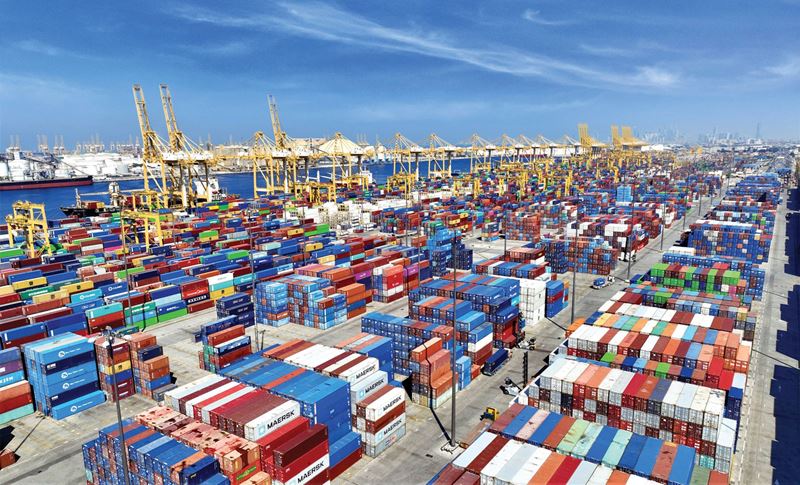
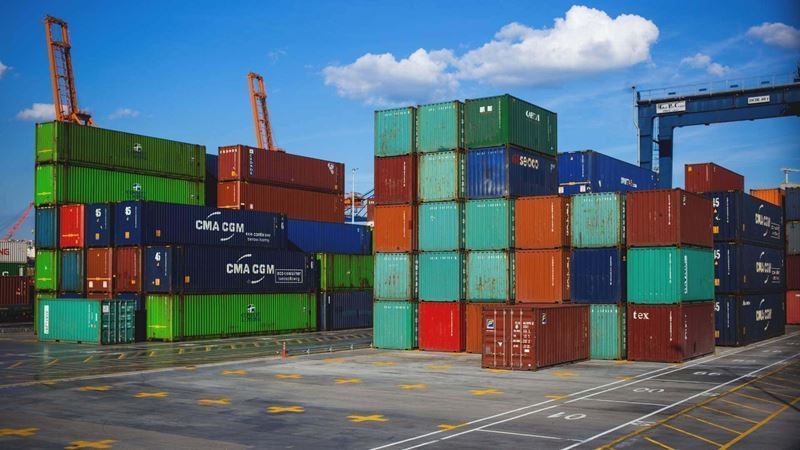
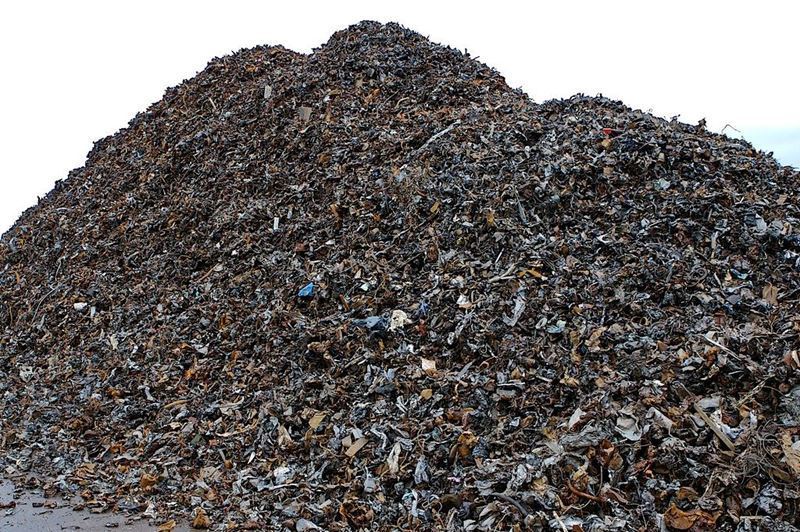
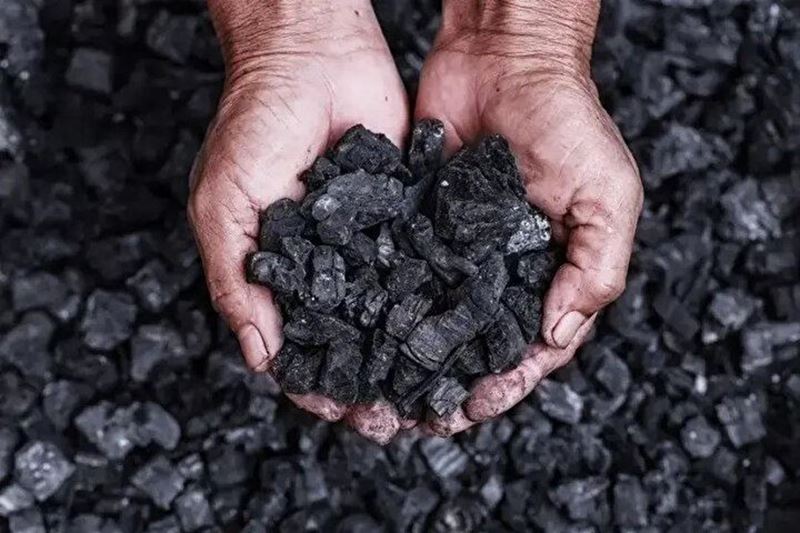
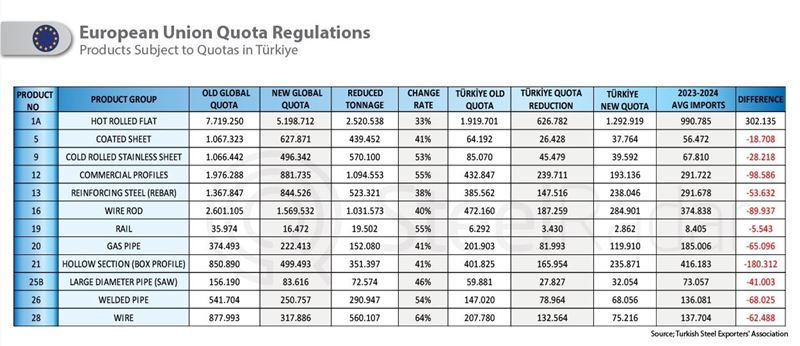

Comments
No comment yet.